This newsletter has English and Spanish versions. To choose which language you receive, visit your settings on Substack, find this newsletter under Subscriptions, and select the language(s) you want.
Leer en español aquí.
Green natural dyes
Natural dyers love to point out the irony that, although green is the most common color we see in plants, it’s one of the more difficult colors to obtain from them. There are no plants that create green dye without the use of additional modifiers, at least not stable, colorfast green. It takes at least two steps to get a green, and even then they are rarely the bright greens of fresh leaves or the deep greens of a pine tree. They tend to be subtle, difficult greens, with heavy undertones of brown or gray or yellow. In a way this fits, since green is a color that is inherently contradictory, a color that reminds us of nature and abundance and fresh, healthy food, but also a color that, in the wrong shade, can look sick or moldy or just kind of ugly. All these greens and not-quite-greens are fascinating to me, but they are usually not the colors people tend to gravitate towards when they’re picking yarn for a shawl or sweater.
Naturally dyed greens can also be difficult to perceive. Green is consistently the hardest color for me to photograph. Many of my natural greens only read green in a photo when placed next to other colors so my camera can make sense of what it’s looking at. Otherwise it can’t quite get a good handle on green in a way that resists color correction in editing or at least escapes my admittedly limited photo editing skills. I often find myself doubting a green, unsure if it’s truly green or if it’s attractive enough to sell- if it’s not placed in the right color palette, it will be mistaken for gray.
The easiest way to obtain a green is to start by dyeing a yellow, which is usually not difficult since it is the most common dye color given by plants. Chances are you can forage a yellow dye plant in any location or season, although of course some yellow dyes will be brighter or more colorfast than others. My favorite is the sunny, almost neon yellow that comes from luteolin and apigenin, found in weld and oxalis). After dyeing my fiber yellow, I modify the dye bath with a bit of iron (not more than 2% wof) and within a few minutes the fiber will turn a subtle, earthy olive or sage.
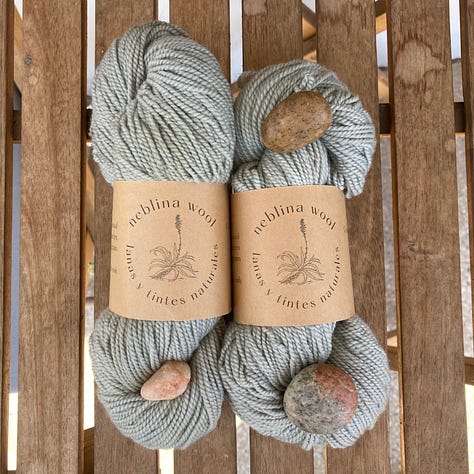
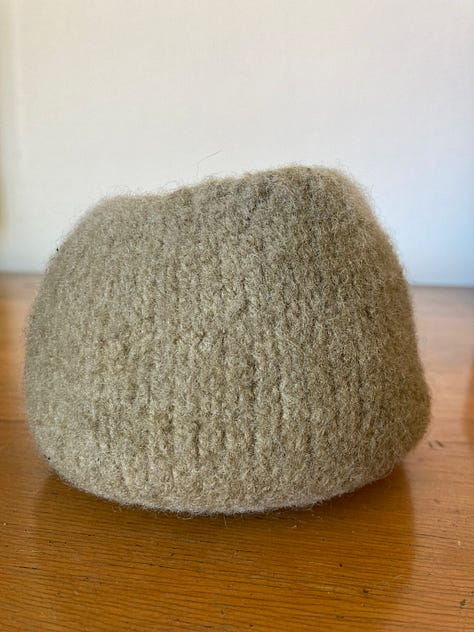
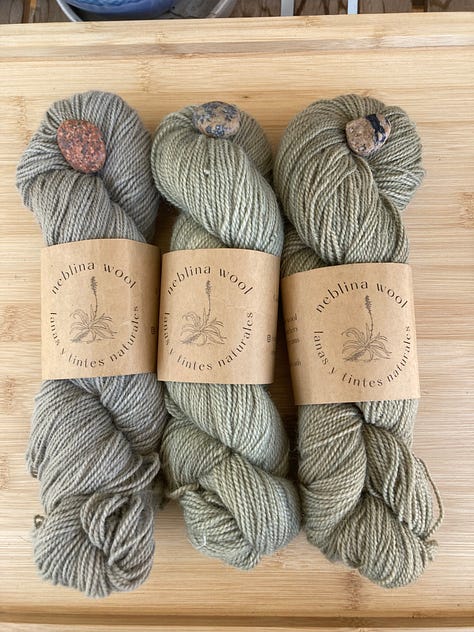
To get a greener, truer green, we need to work from the color wheel, layering a yellow dye and a blue dye. The blue dye, of course, comes from indigo and the yellow dye can be any yellow-giving plant available, although it’s a good idea to use a yellow known to be long-lasting (weld and pomegranate are good choices) or the yellow will fade faster than the blue, changing the balance of these two colors and becoming more and more teal over time. The order in which yellow and blue are applied will change the shade of green obtained (I compared indigo + pomegranate and pomegranate + indigo here). The Art and Science of Natural Dyes taught me that it’s better, from a chemistry perspective, to first dye indigo, then mordant with alum and dye the yellow, although I didn’t have any issues when I did it the other way around. This is a labor intensive green because indigo dyeing is a more complicated process and because it involves two separate dye baths with different dye procedures, but… well, I practice natural dyeing because I like long, involved processes.
Other green things
A green mineral pigment: Green pebbles and mineral pigments also sometimes need color relationships to reveal themselves. This rock collected in the foothills of the Andes outside of San Fernando didn't look particularly green until crushed with a mortar and pestle, and even as that process revealed its green tendency, it still needs its neighbors, pink and brown and purple rocks collected from the same place, to reveal its greenness.
A green book: Gathering Moss by Robin Wall Kimmerer uses both scientific and indigenous ways of knowing to illuminate the world of mosses. I’m reading it now and just finished the essay on humans’ relationship to mosses, which details her exploration into how mosses were traditionally used by indigenous peoples. Indigenous people know that plants reveal their uses for humans based on when and where they appear. Mosses appear almost everywhere, in forests but also in cities no matter how much we might try to get rid of them, and are often so small that we don’t even notice their presence. So, she realizes that the uses of moss were also small and unobtrusive, yet ubiquitous. As lining for mittens and boots, an extra layer of insulation against the cold. As diapers and cradle liners for babies, keeping them comfortable and dry with their absorbent properties, a role we rely on plastic diapers for today. Holding blood from menstruation or stopping the bleeding from injury. Nothing fancy or ceremonial, just accompanying us with their unobtrusive presence, helping us through some of the most essential daily functions of life.
It’s this daily relationship with plants that I try to recover with my natural dye practice. This relationship with plants is reciprocal and circular, the kind of relationship we can never have with disposable synthetic materials. I know it’s not practical in my current city lifestyle to somehow replace tampons, diapers, or bandaids with moss, but I do seek ways that I can have relationships with the plants around me, and practice reciprocity with them.
As a result of this book I’ve been paying more attention to the mosses around me, of which there are many even in the city- on buildings and trees, in the cracks of sidewalks, on statues and fountains in parks. Here’s one on the wall of a grade school in my neighborhood (it’s been scrubbed off since I took the photo, but mosses are persistent- it will probably make a comeback), one from the deck of my favorite cabin in the woods, and one in the woods.
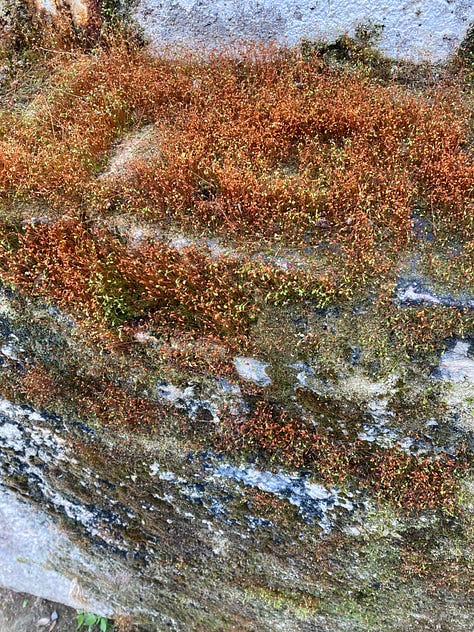
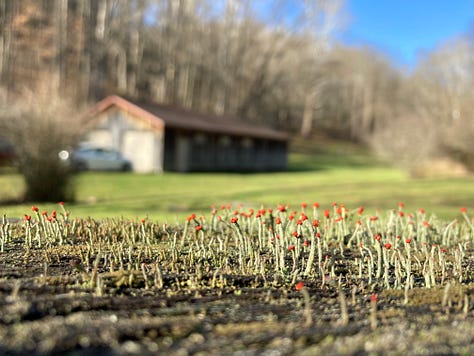
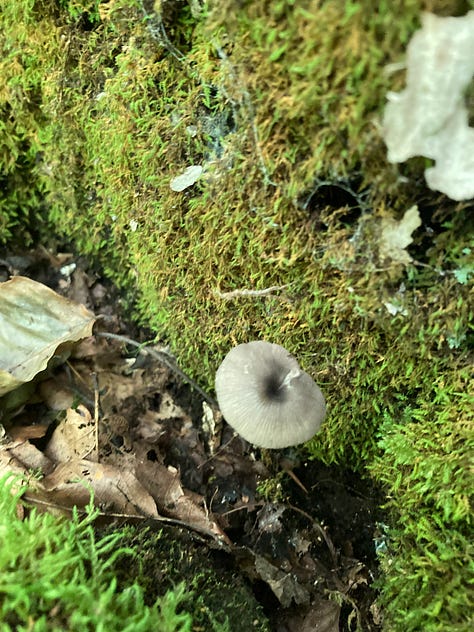
A green album: For laying out on a blanket in the grass on a warm spring afternoon (my blanket and grass of choice are in my friend May’s yard, maybe sipping on homemade dandelion wine), when winter has finally faded to a distant memory, giving way to green experiences.
NEWS
I considered writing a’ holiday themed newsletter or sharing my thoughts on gift giving and holiday sales… but I just wasn’t feeling inspired. In short: you don’t have to buy things just for the sake of buying things at Christmas- another way is possible, and sales are usually not the great deal we think they are and mostly hurt small businesses.
If you do need a gift for a knitter consider my all natural, locally produced, one of a kind yarn (naturally dyed speckles in particular make a great one-skein gift). I also have a few non-yarn gift items still available: silk scrunchies, silk noil eye pillows, silk scarves.
You can shop these in person December 9 and 10 at the Expo Lanera in Valparaíso! Danae and Amanda of La nube de colores have been working hard to bring indie dyers and some great workshops to Espacio Raíz, in addition to the great small businesses that live there. For the Christmas gifts you do need to buy, shopping with small businesses is always a great choice.
If you can’t make it to Valparaíso, I also ship all over Chile from my website and can arrange international shipping if you contact me directly (although it’s probably too late for Christmas delivery already unless you spend a ridiculous amount on shipping).
Thank you so much for reading! Tell me about your favorite green things in the comments
.



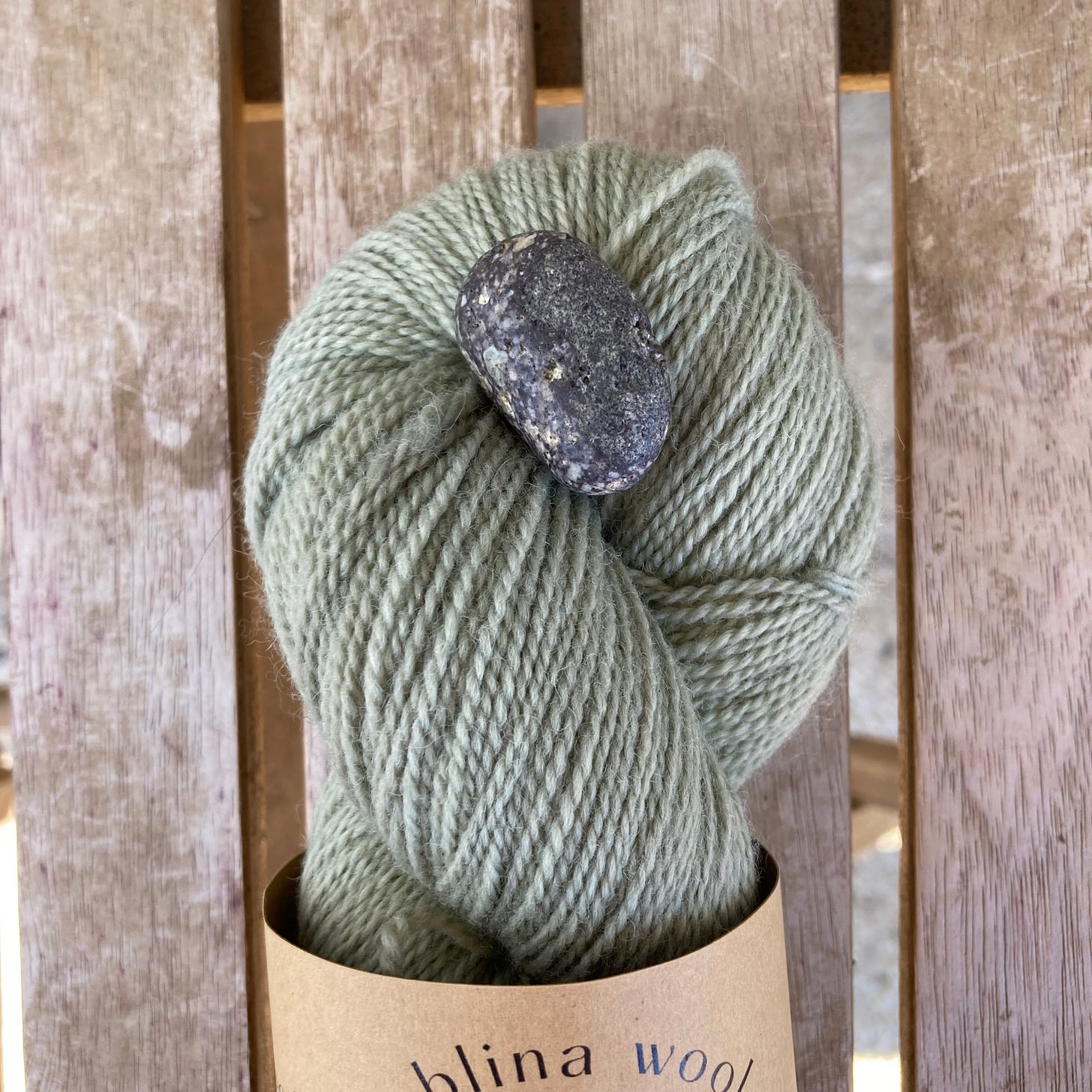
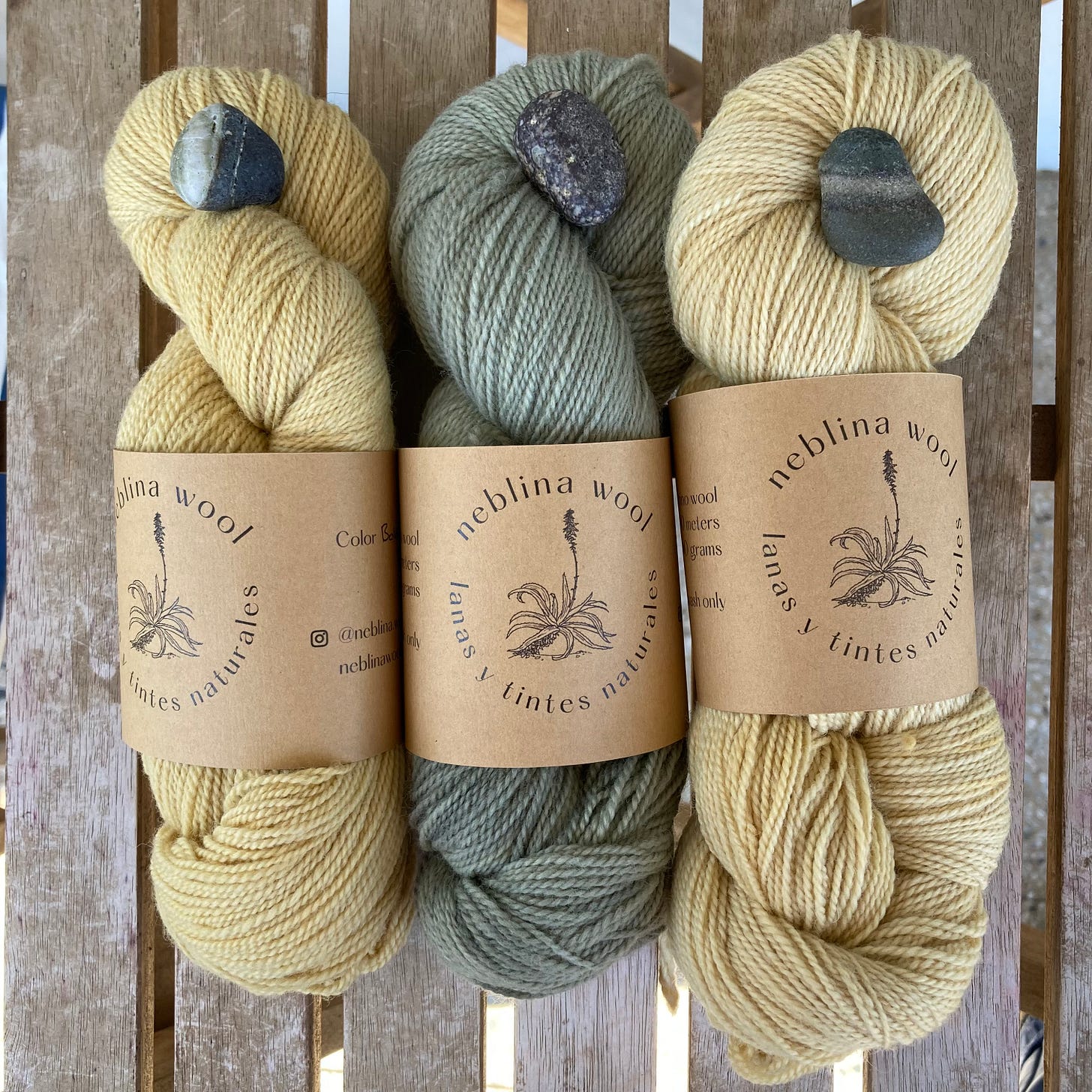
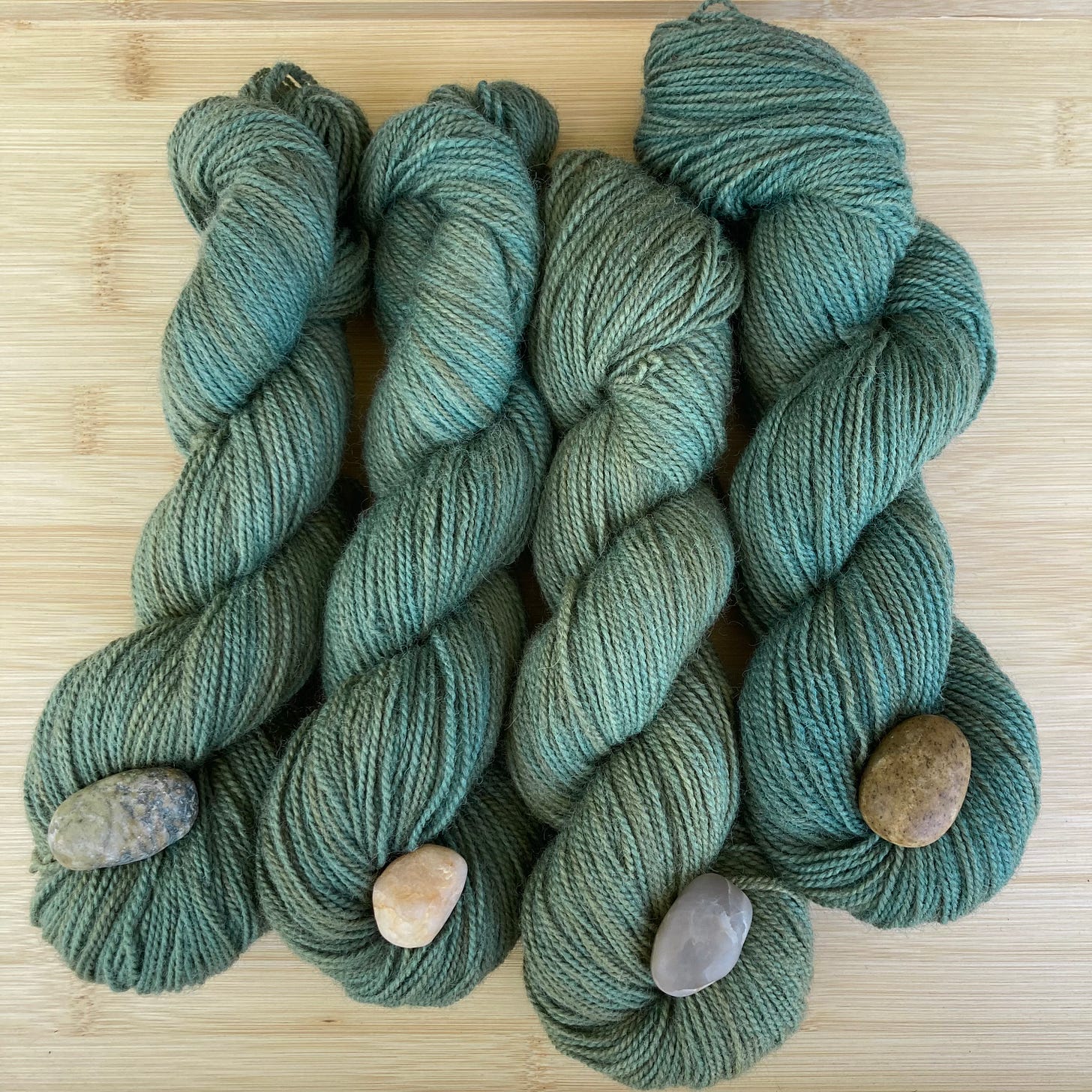
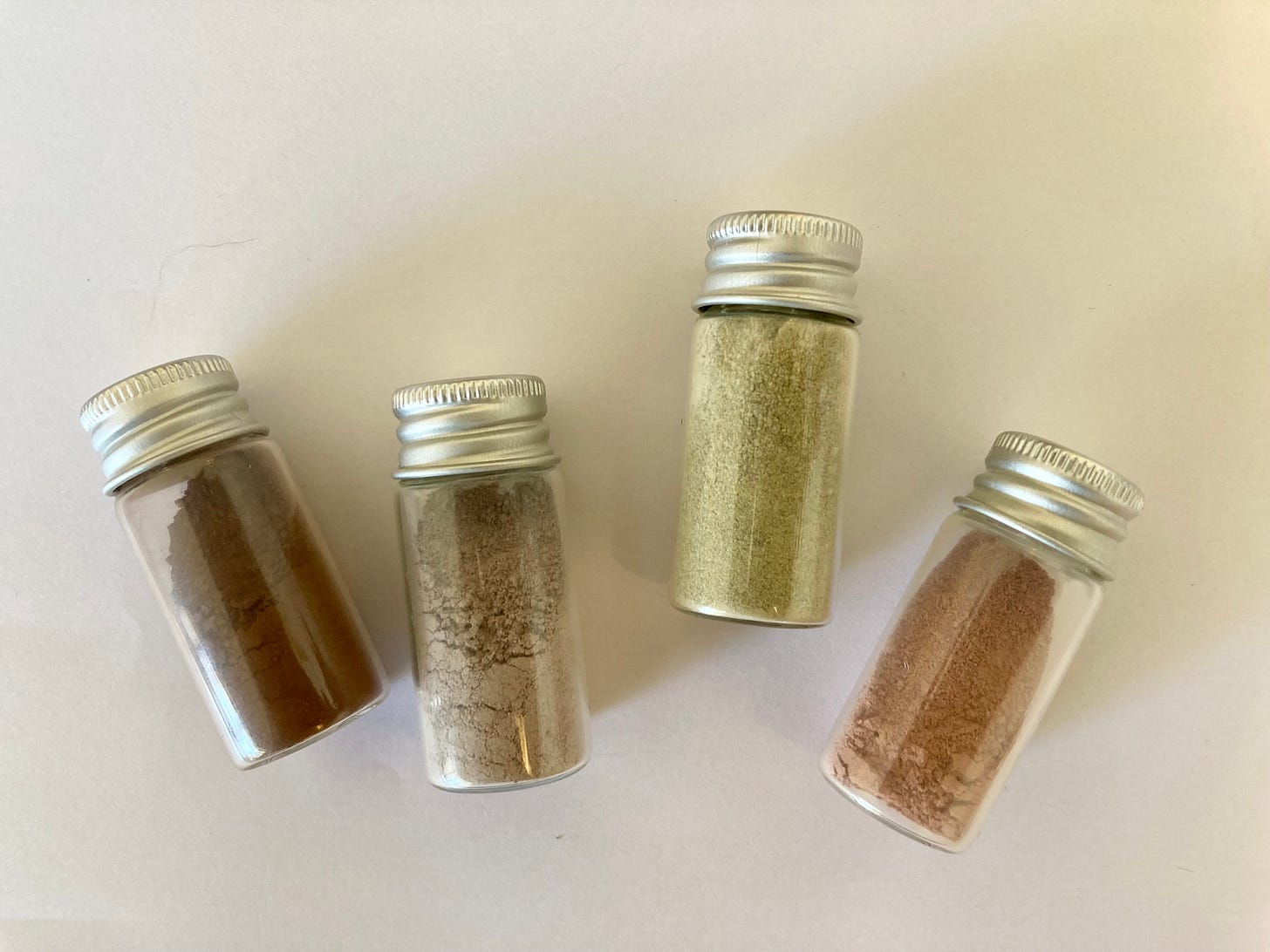

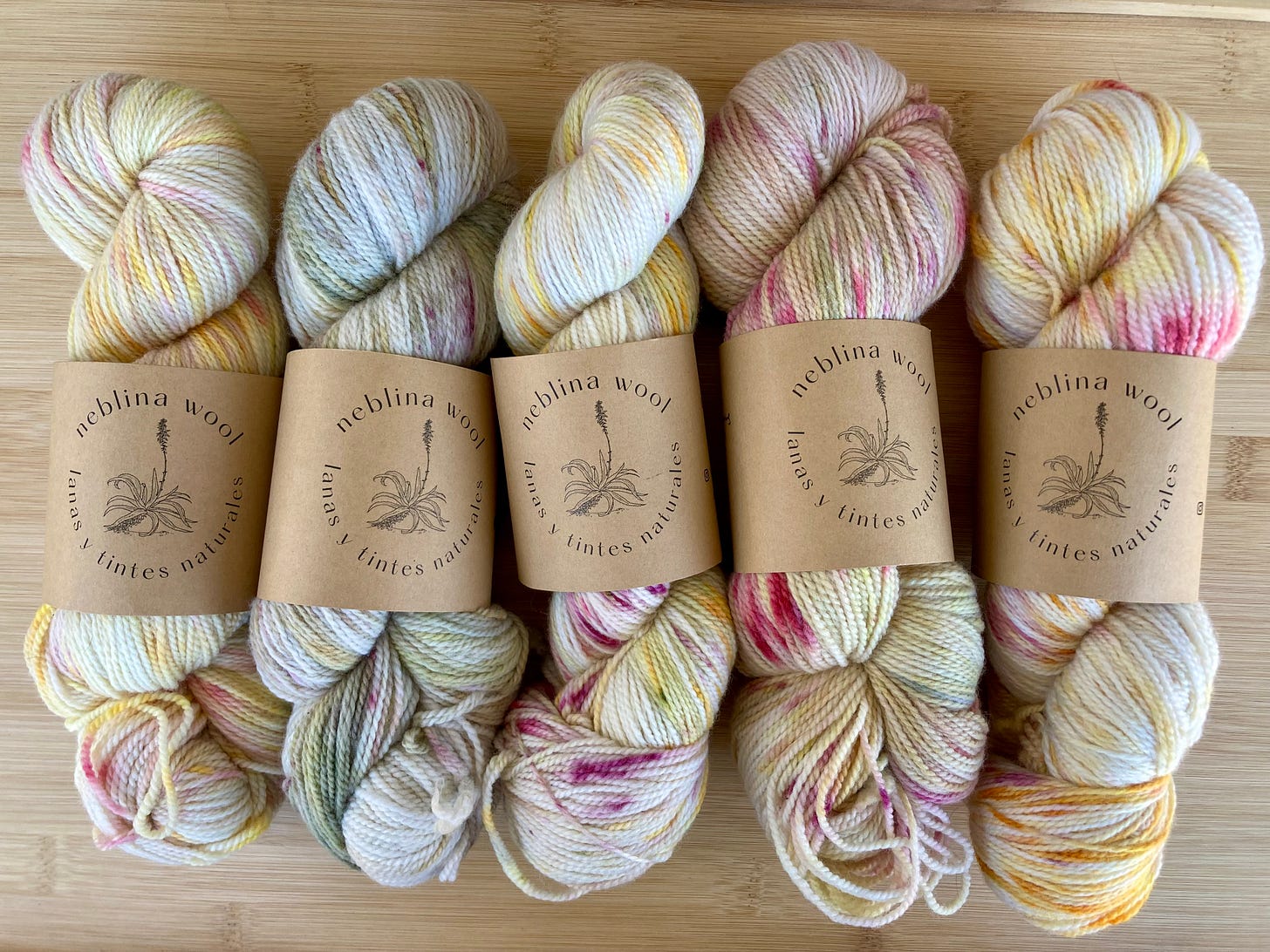
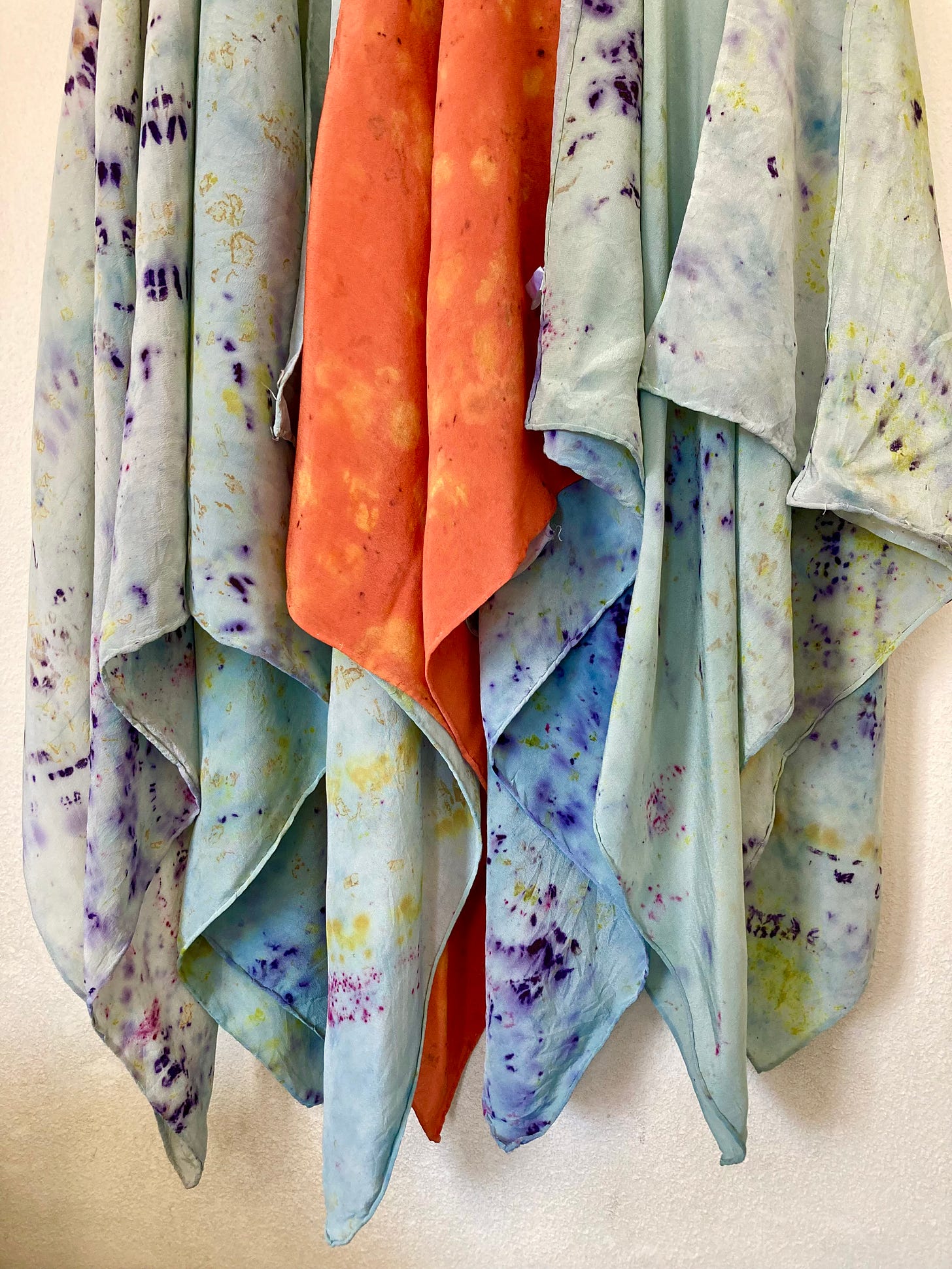

Loved reading this post! Yes the conundrum of green from the perspective of a natural dyer. My medium is different of course, I have had a great range of colours (greens) from red onion skin, but I am dyeing paper, and using it to make plants and flowers. Some of the greens are lasting well, but my approach is, just as the chlorophyll fades as the plant dyed, the colour changes in my pieces. I find it pleasing. I've yet to try indigo or woad to colour paper but I enjoy reading about colouring from different perspectives 😊🌿